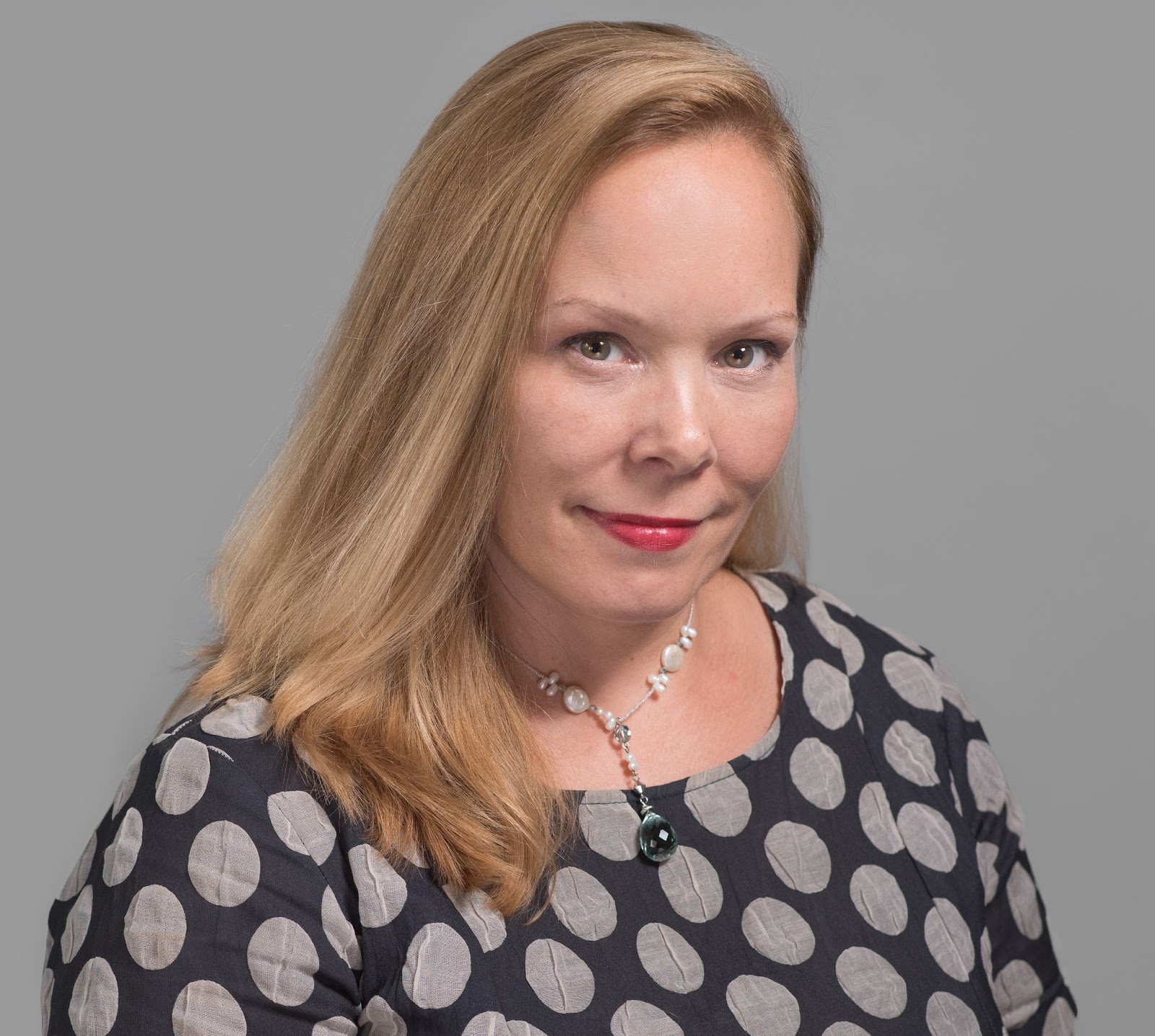It’s time to expand the human connections of the work done by this powerful community of practitioners. It’s time to show how the learner-centered movement will change the world.
Emily Bader, Chief Communications Officer, Education Reimagined
“You’ll know it when you see it. And, when you feel it.” As Kelly Young answered my question about how learner-centered education is different from other kinds of learning approaches, the warmth of her smile was detectable, even through Zoom.
As the new Chief Communications Officer for Education Reimagined — with the charge of expanding the number of leaders and inventors who can see themselves in the work of advancing learner-centered education, I scratched my head and wondered how to make this more concrete.
But, then I saw it. At least a glimpse. And, I felt it. Now, I characterize my very juicy professional challenge as: “to help others see what we see.” It’s time to expand the human connections of the work done by this powerful community of practitioners. It’s time to show how the learner-centered movement will change the world.
Let me explain.
In my brief tenure at Education Reimagined, I’ve had the enormous privilege to spend time with some amazing learners and young people who’ve graduated from learner-centered environments. They’ve shown me the world from their perspectives — their ambitions, their curiosities, and how they navigate their own pathways to reach their goals. Here’s some of what I saw and felt:
Fearlessness. Each young person eagerly joined conversations with me and my adult, very esteemed colleagues. No “letting the adults talk,” no self-editing, no filters — all in a very good way. In nearly every conversation, they shared their opinions, contributed to the discussion, challenged points of view, and offered their own.
Excitement to take on big challenges. In conversations about their goals, the common theme was: “This is what I’m going to do.” (Not hope to do. Not try to do. Going to do.) An 11th grader at The Met School in Providence is working, as part of his internship, on a tall ship, to replicate the ship’s pulley system. He plans to leverage that experience on his pathway to become a mechanical engineer.
In his work with Bridgemakers, 21-year-old José, a graduate of the High School for the Recording Arts in St. Paul, MN, has helped change his state’s legislation to enable more equitable distribution of COVID relief funds to young people working to support their families.
Sparkle in their eyes when talking about their projects. A tenth grader at The Met bubbled with smiles and energy as she described her art installation project — sharing inspirational quotes via artfully designed yard signs throughout Providence, a project made possible by her internship at a graphic arts studio. About one of the signs in her series, she said, “Now this one came from the soul for me.” Then she read her original quote: “To become present means accepting the risk of absence.”
Talking with these young people truly makes me feel better about our society and our future. It also makes me jealous that I didn’t have that experience.
Talking with these young people truly makes me feel better about our society and our future. It also makes me jealous that I didn’t have that experience.
Emily Bader, Chief Communications Officer, Education Reimagined
I had a fantastic education flanked by some powerful brand names: Notre Dame Academy. Stuyvesant High School. Northwestern University.
This was a big deal for me and my family, especially my father, Eduardo Martí, a leader in the community college world, who came to the United States from Cuba at age 18 during the Cuban Revolution. He always reinforced the power of education to achieve financial stability and the American dream. So yes, I played the game of school, and in many ways I won — graduating with honors, earning a challenging and interesting career, and overall enjoying a very comfortable life.
But, I can’t help wondering what might have been possible if I had experienced learning differently. What if, instead of gathering all my good grades and test scores along the way, I had been encouraged to understand more about my passions, discover ways to contribute to my community, and navigate a multi-dimensional learning path fueled by my own curiosity, interests, and wondering?
Ahh well. I am so fortunate now to use the skills I did develop to engage the world with the grand, but very tangible, promise of learner-centered education.
I can’t help imagining a world led by these graduates, where anything is possible.
Our economy, made stronger by organizations of leaders, visionaries, and ambition. When I think of the dozens of corporations I’ve served in my long agency marketing career, I’ve seen the full spectrum of corporate cultures. From: executing plans blindly without questions — just because someone with a C in their title (CEO, CMO, COO, or CCO) wants it done. To: dynamic teams fueled by passionate leaders, where big, bold ideas are welcomed, efficiencies are invented, achievements are celebrated, and especially, failures are regarded as invaluable, teachable learning moments. Successful companies are no longer hierarchical corporations fueled by the factory model of education. They move, they disrupt, and they pivot quickly to create or seize opportunities. A society of learner-centered graduates can take that to the next level.
Our world’s big problems, solved with mindsets nurtured to tackle them. This is already happening, as evidenced by José and his organization, Bridgemakers. Their vision is “a world where problems facing youth are solved by youth.” Rather than diving into why things can’t change, learner-centered education can unleash the positive power that young people bring — to shape perspectives, find solutions, and rally peers and communities to stand up for what’s right.
Our culture, enriched with passions that are cultivated as a core part of learning. Almost every conversation I’ve had with learners thus far in my journey began with them telling me about what they loved to do. And then they explained how that passion was central to a project, an internship, or a specific goal. Imagine the possibilities if that joy were core to our culture.
The best part of this story, that I now get to champion, is that this world is within reach.
Forces from multiple angles are enabling the advancement of learner-centered education. There is a growing understanding that the conventional school system isn’t meeting the needs of students. Parents and their children are realizing that other choices exist. Who would have imagined the rise of home-schooling, post-COVID, by 30% in one year?
Kids in conventional schools are craving learning that is more relevant and engaging. Chronic absenteeism rates have doubled in some states. Imagine living in a world where kids wanted to go to school? Kids and their parents are ready for radical shifts.
Remarkable learner-centered invention is advancing in communities throughout the United States, by many within the Education Reimagined community and beyond. My adventure starts here. I cannot wait to learn more from practitioners, researchers, education tool-makers, community leaders, entrepreneurs, and funders who are giving life to this vision. And, from the youth at the center of all of this.
The joy for me in the coming months will be to uncover, articulate, and share the stories of your commitments to put learners at the center of their education. And together, we’ll work to bring this vision of learner-centered education to all learners and communities on a national scale.

